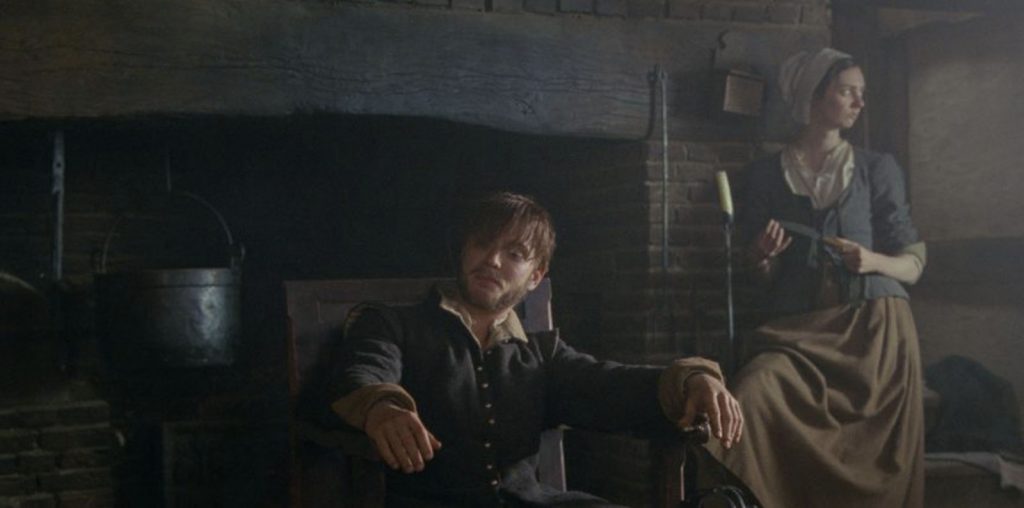
Give credit to Michæl Negroponte for providing the most unusual subject for a documentary: a study on the creation of a robot designed to repair the underground steam tunnels which provide Manhattan with its heat and hot water. “W.I.S.O.R.” is the titular robot (the acronym stands for Welding and Inspection Steam Operations Robot, and it is pronounced “wiser”) created for a unique no-nonsense task. Unfortunately, the no-nonsense robot is stuck in a too-much-nonsense documentary.
Few people realize that 21st century Manhattan relies on a 19th century underground network of steam tunnels designed by the long-forgotten engineering genius Charles Emery. Even today, the celebrated skyscrapers in the City That Never Sleeps relies on the steam energy grids laid underground long before most of the city’s buildings even had electricity. Not surprisingly, over time steam pipes decay and create disruptions which require the digging up of the congested streets to locate and replace the faulty pipes. As a means to save time and energy and to keep traffic flowing, the W.I.S.O.R. technology would move via remote control through the steam tunnels, where it would locate and repair the various cracks and fissures.
Great idea for a documentary, yes? Unfortunately, the film is buried in endless cutesy tricks and gimmicks which make the experience as much fun as a cold water shower. Filmmaker Negroponte shot the film in DV and sadly, the film is thick with nervous handheld camerawork that weaves and bobs until the viewer begins to recall where the aspirin bottle is resting. (Question: doesn’t anyone shooting in DV use a tripod?) Further complicating things is the film dumb habit of switching endlessly and pointlessly between monochrome and color and inexplicably giving digitally altered voices to several people involved in the project. The robot itself is treated like a living being, yet attempts to tag it with a personality are, at best, labored. And even poor old Charles Emery is dragged into the silliness, with an unlikely ghost narration in which a very-very serious actor (who obviously OD’d on Ken Burns films) offers a manner first-person account of how the steam tunnels wound up below the Manhattan avenues.
This is a shame, since “W.I.S.O.R.” provides a fairly intriguing story how the technologies of two wildly different eras are being brought together to solve a fairly unusual dilemma. The engineers in the W.I.S.O.R. project seem to be a genuinely fascinating bunch in the rare moments they are being presented as intriguing and enchanting people and not props in some annoying camera tricks. And, of course, anyone who has even a mild interest in technology and engineering (not to mention a love for all things New York) might be able to keep focused on the very different story here. As a native New Yorker, the history of the steam tunnels was news to me and I thought I’ve heard everything there was to tell about the city.
It is a shame the W.I.S.O.R. story could not have been the subject of a straight-forward, trick-free documentary. In “W.I.S.O.R.” science is replaced with shtick and the result is less than illuminating.

